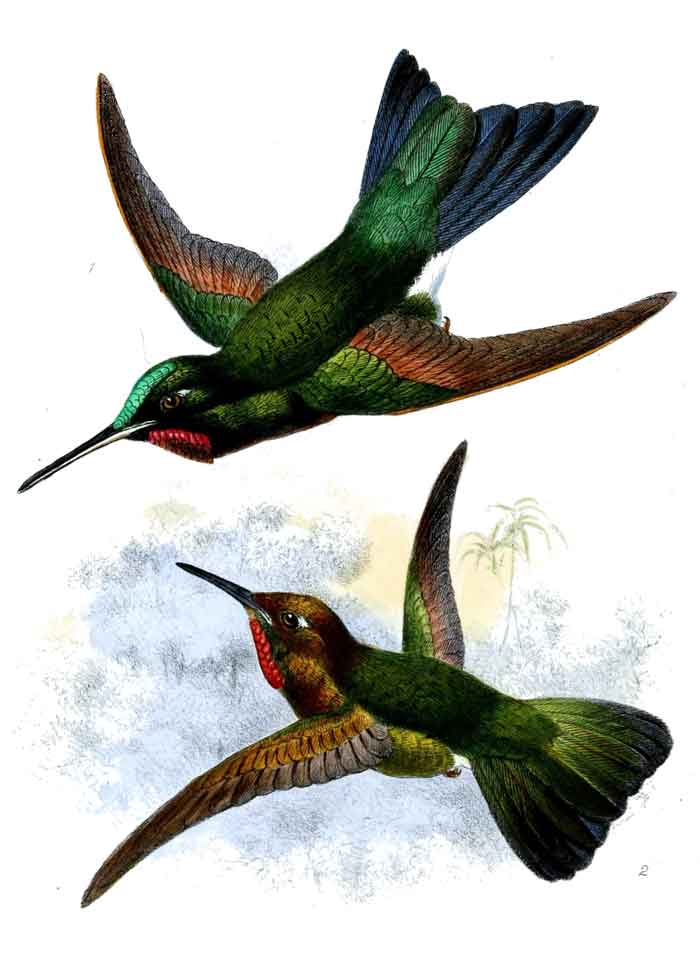
Superregnum: Eukaryota
Cladus: Unikonta
Cladus: Opisthokonta
Cladus: Holozoa
Regnum: Animalia
Subregnum: Eumetazoa
Cladus: Bilateria
Cladus: Nephrozoa
Superphylum: Deuterostomia
Phylum: Chordata
Subphylum: Vertebrata
Infraphylum: Gnathostomata
Megaclassis: Osteichthyes
Cladus: Sarcopterygii
Cladus: Rhipidistia
Cladus: Tetrapodomorpha
Cladus: Eotetrapodiformes
Cladus: Elpistostegalia
Superclassis: Tetrapoda
Cladus: Reptiliomorpha
Cladus: Amniota
Classis: Reptilia
Cladus: Eureptilia
Cladus: Romeriida
Subclassis: Diapsida
Cladus: Sauria
Infraclassis: Archosauromorpha
Cladus: Crurotarsi
Divisio: Archosauria
Cladus: Avemetatarsalia
Cladus: Ornithodira
Subtaxon: Dinosauromorpha
Cladus: Dinosauriformes
Cladus: Dracohors
Cladus: Dinosauria
Cladus: Saurischia
Cladus: Eusaurischia
Subordo: Theropoda
Cladus: Neotheropoda
Cladus: Averostra
Cladus: Tetanurae
Cladus: Avetheropoda
Cladus: Coelurosauria
Cladus: Tyrannoraptora
Cladus: Maniraptoromorpha
Cladus: Maniraptoriformes
Cladus: Maniraptora
Cladus: Pennaraptora
Cladus: Paraves
Cladus: Eumaniraptora
Cladus: Avialae
Infraclassis: Aves
Cladus: Avebrevicauda
Cladus: Pygostylia
Cladus: Ornithothoraces
Cladus: Ornithuromorpha
Cladus: Carinatae
Parvclassis: Neornithes
Cohors: Neognathae
Cladus: Neoaves
Superordo: Caprimulgimorphae
Ordo: Apodiformes
Familia: Trochilidae
Subfamilia: Trochilinae
Genus: Metallura
Species: Metallura eupogon
Name
Metallura eupogon (Cabanis, 1874)
Type locality: Maraynioc, Junín, Peru.
Synonyms
Urolampra eupogon (protonym)
Metallura hedvigae Taczanowski, 1874 PZS p.139, pl.21 fig.2 BHL
References
Cabanis, J. 1874. Neue peruanische Vögel des Herrn Jelski. Protokoll der VI Jahresverssamlung. In: Deustche ornithologische Gesellschaft in Berlin. Journal für Ornithologie 22 no.125: 96–100 BHL Reference page. p. 97 BHL
Vernacular names
English: Fire-throated Metaltail
español: Metalura barbafuego
The fiery-throated metaltail or fire-throated metaltail (Metallura eupogon) is a species of hummingbird in the "coquettes", tribe Lesbiini of subfamily Lesbiinae. It is endemic to Peru.[3][4]
Taxonomy and systematics
The fiery-throated metaltail is monotypic. However, what are now the violet-throated metaltail (M. baroni) and neblina metaltail (M. odomae) were at times treated as subspecies of the fiery-throated.[3][5][6]
Description
The fiery-throated metaltail is about 11 cm (4.3 in) long and weighs about 5 g (0.18 oz). It has a medium length, straight, black bill. The adult male is almost entirely yellowish olive-green with bronzy overtones. Its slightly forked tail is iridescent sky blue with a green tinge on its upper side and glittering yellow-green on its underside. Its gorget is orange. The adult female is similar the male but its gorget is smaller. Juveniles are similar to the female.[6]
Distribution and habitat
The fiery-throated metaltail is found on the eastern slope of the central Andes of Peru, from just south of the Huallaga River in the Department of Huánuco south to the Apurímac River in the Department of Cuzco. Like most of the metaltails, the species inhabits the edges of dwarf and elfin forests and páramo, moist landscapes characterized by shrubby growth and small trees. It also occurs in glades within the forest. In elevation it ranges between 2,900 and 4,000 m (9,500 and 13,100 ft) and is most common above 3,500 m (11,500 ft).[6]
Behavior
Movement
The fiery-throated metaltail is believed to be sedentary but some seasonal elevational movement is possible.[6]
Feeding
The fiery-throated metaltail's diet and feeding practices are not known. They are assumed to be similar to those of other metaltails, which feed on nectar from a variety of flowering plants and also catch small arthropods by sallies from a perch; males defend feeding territories.[6]
Breeding
The fiery-throated metaltail's breeding phenology and nest have not been documented. Its breeding season appears to include June and July.[6]
Dickcissel male perched on a metal pole singing, with neck stretched and beak open.
Songs and calls
Listen to fiery-throated metaltail on xeno-canto
Vocalization
The fiery-throated metaltail's chase call is "a descending series of 3–6 squeaky notes, followed by a repeated, buzzy, jumbled phrase, 'trt-tsee-seee-seee-sew..trr-tsee-tsew..trr-tsee-tsew..'."[6]
Status
The IUCN has assessed the fiery-throated metaltail as being of Least Concern. Its population size is not known and is believed to be decreasing.[1] It is "[p]resently not at risk due to its wide distribution and its generalized ecology...[but] may be vulnerable because of its small range" where burning of páramo to create grazing pasture is a threat.[6]
References
BirdLife International (2016). "Fire-throated Metaltail Metallura eupogon". IUCN Red List of Threatened Species. 2016: e.T22688005A93179574. doi:10.2305/IUCN.UK.2016-3.RLTS.T22688005A93179574.en. Retrieved 6 March 2022.
"Appendices | CITES". cites.org. Retrieved 2022-01-14.
Gill, F.; Donsker, D.; Rasmussen, P., eds. (January 2022). "Hummingbirds". IOC World Bird List. v 12.1. Retrieved January 15, 2022.
HBW and BirdLife International (2020) Handbook of the Birds of the World and BirdLife International digital checklist of the birds of the world Version 5. Available at: http://datazone.birdlife.org/userfiles/file/Species/Taxonomy/HBW-BirdLife_Checklist_v5_Dec20.zip [.xls zipped 1 MB] retrieved 27 May 2021
Remsen, J. V., Jr., J. I. Areta, E. Bonaccorso, S. Claramunt, A. Jaramillo, D. F. Lane, J. F. Pacheco, M. B. Robbins, F. G. Stiles, and K. J. Zimmer. Version 31 January 2022. A classification of the bird species of South America. American Ornithological Society. https://www.museum.lsu.edu/~Remsen/SACCBaseline.htm retrieved February 1, 2022
Heindl, M. and P. F. D. Boesman (2020). Fire-throated Metaltail (Metallura eupogon), version 1.0. In Birds of the World (J. del Hoyo, A. Elliott, J. Sargatal, D. A. Christie, and E. de Juana, Editors). Cornell Lab of Ornithology, Ithaca, NY, USA. https://doi.org/10.2173/bow.fitmet1.01 retrieved March 6, 2022
Retrieved from "http://en.wikipedia.org/"
All text is available under the terms of the GNU Free Documentation License

